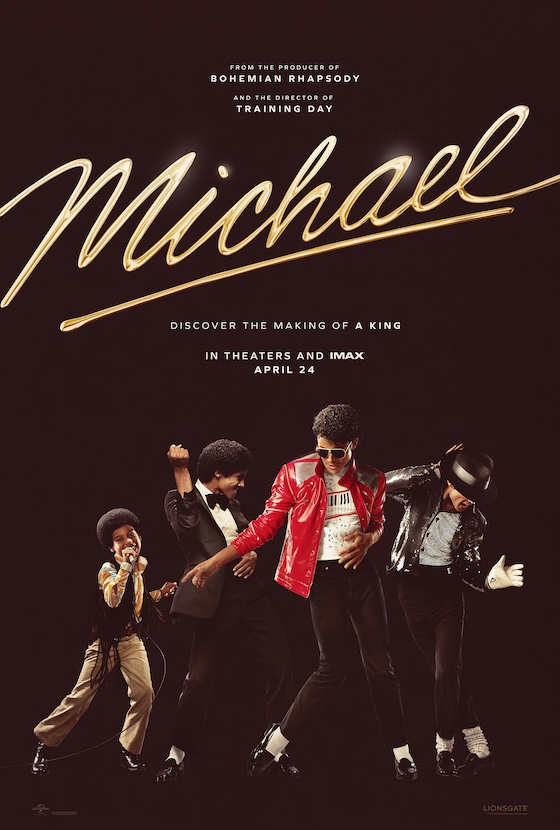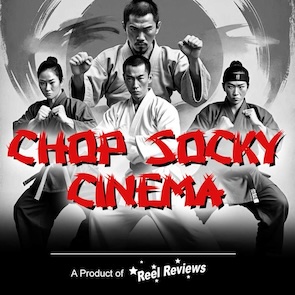
TOP TEN ROLES of Lugosi That Every Fan of Horror and Science Fiction Should Check Out This Witching Season
Here at Reel Reviews, Béla Lugosi is one of our favorite character actors and for good reason. The man solidified the Horror genre as a major cinematic force thanks to his riveting performance as Dracula. He was the first actor to play the character on the stage and he is absolutely mesmerizing as the first cinematic version of the vampiric Prince of Darkness. But that role was both a blessing and a curse. He was often NEVER considered for anything but horror films and yet he still brought a lot of character and influence to each and every role, no matter how low-grade the budget or the treatment on the set was.
To celebrate the Halloween season and Lugosi’s 137th birthday this year (born on October 20th of 1882), we’ve created a list of the TOP TEN ROLES of Lugosi that every fan of horror and science fiction should check out this witching season.
10. Plan 9 from Outer Space (1959)
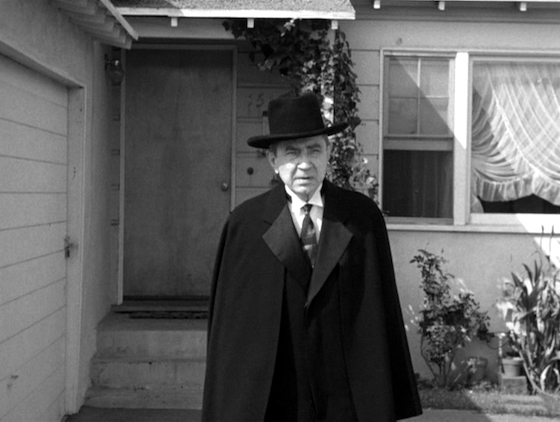
Plan 9 from Outer Space (originally titled Grave Robbers from Outer Space) is Ed Wood’s self-admitted bundle of pride and shameless joy. No, no, Plan 9 from Outer Space is not the worst film ever made. It is a joyful song in the pre-YouTube, pre-bloggersphere world we live in today. In fact, it just might be one of the last independently financed joy-soaked movies that makes you take note of a director who is proud enough to embrace his mistakes in the spirit of movie-making because he loves making movies. Plan 9 from Outer Space is a salty sweet affair of strange and fantastic B-movie mojo without the Hollywood excess and yet somehow full of all Hollywood’s extraordinaire. Day becomes night. Verb tenses are split. Lugosi dies and is later replaced with a man who looks nothing like him. Prop gravestones fall like the cardboard they are. Sets are bumped and rattle. Strings dangle the flying saucers over model towns. Stock footage is used, reused, and used again.
9. The Devil Bat (1940)
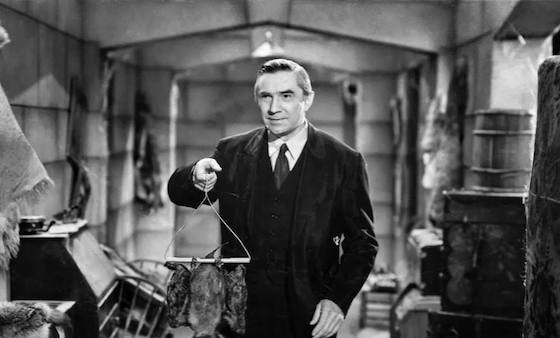
Directed by Jean Yarbrough (King of the Zombies, She-Wolf of London), the film focuses on the upper-class citizens in the town of Heath and its resident chemist (Lugosi). Upset that he’s not being financially rewarded by a local cosmetic company that is profiting off the formulas he makes for them, the mad chemist “grows” giant vampire bats and develops a shaving lotion that – once applied – helps the creatures locate their victims. It is a big city news reporter and his bumbling photographer who must solve the mystery and catch the killers...all of them. Roles like this are what he excels at; never too serious and never too complicated. Lugosi, as the mad chemist Carruthers, is quite charming and villainous. Note the running gag of his response when his victims – unaware of their danger – say "good night" to him. He replies with a cold "goodbye" as he watches them apply the after shave.
8. The Human Monster (1939)
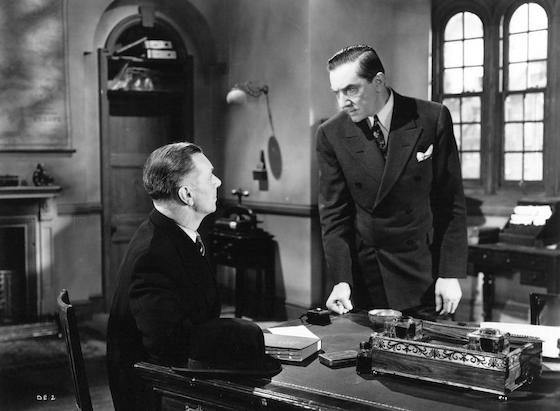
Lugosi (and those expressive eyebrows of his) definitely created a lot of memorable characters for cinema. He was always chewing the scenery and making each scene his ow; however, in The Human Monster (also known as The Dark Eyes of London) he definitely delivers as Dr. Orloff, an insurance agent who loans out money off the people he insures. Sounds basic, right? It isn’t, of course, and with Lugosi in the driver’s seat, the film reveals its murderous ways rather quickly.
{googleads}
7. The Return of the Vampire (1943)
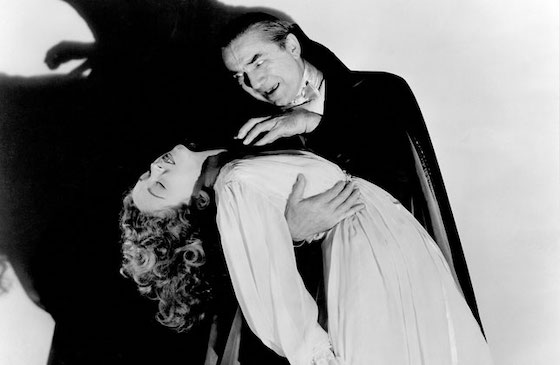
The Return of the Vampire is the film with which Columbia Pictures flies the B-movie, with director Lew Landers (The Raven) at the helm, to new heights courtesy of the German Luftwaffe aircraft in this unofficial (but, probably, yes) sequel to Universal’s Dracula. It is a GREAT flick, full of atmosphere and sharp performances. If my recollection serves me correctly, there are very few vampire films that are deeply rooted in WWII. This makes The Return of the Vampire a definite treat for film AND history buffs. Starring Bela Lugosi as the 200-year-old Armand Tesla, his return to the fog-soaked graveyards of London arrives courtesy an errant bomb dropped from an unexpected air raid and the two dopey cemetery workers who remove the stake from his heart. And, in WWII, he is finally free to roam again.
6. Voodoo Man (1944)

With Voodoo Man audiences get a glimpse of what the meta-minded future would hold for fans of horror. It’s tongue-in-cheek to be sure, but the thrills are there throughout. Most of the horror; however, is undercut by the humorous antics and comments of the cops. But pay no mind to them. The real focus of Voodoo Man is Lugosi who, in 1944, was churning out some pretty strong performances. The Hungarian-American actor, famous for his performance in the original 1931 version of Dracula, struggled to find his way through the shadowed corners of his career.
5. The Invisible Ray (1936)

The Invisible Ray, with the Griffith Observatory being new to Hollywood, is a different sort of Mad Scientist flick, though. It is a horror film, though. It just doesn’t go to the extremes of what had come before in the other pairings. Lugosi, as Dr. Felix Benet, makes the best of the role he’s given but this is Karloff’s picture through and through and, as the sympathetic mad scientist Dr. Janos Rukh who invents a telescope that allows humans to bounce rays of light in the Andromeda Galaxy in order to see Earth’s past, his presence gets illuminated when an unknown radiation turns him into a killing machine. These two actors, of course, are professionals and their interchanges between each other is damned remarkable, making The Invisible Ray a must-see of science-fictiony horror hokum.
{googleads}
4. The Raven (1935)

The Raven sees Lugosi as retired surgeon Dr. Richard Vollin (who just happens to be obsessed with Poe and his many depictions of torture) who plays mad doctor when his lust for a woman causes him to disfigure Karloff’s Edmond Bateman in order to do his bidding. Things go wrong, though, when his newly deformed man-turned-monster refuses to be the bad guy. Quick moving and full of interesting set pieces, this horror film might not be as well-executed (or received) as The Black Cat, yet it definitely proves that these two titans of horror had no problem, at the time, in playing second fiddle to the other.
3. The Black Cat (1934)

The Black Cat, thanks to a continuous score from American composer Heinz Eric Roemheld, establishes exactly why this set of four movies matters to Horror buffs like myself as two towering GIANTS of horror history go at it. And Lugosi simply kills it in his role. This movie is STILL a monster-sized success and, arriving a few years after Dracula and Frankenstein, proved to be a BIG money-maker for Universal even though no monsters were included; only Satanists. While loosely based on the short story by Edgar Allen Poe, this movie is made memorable by Lugosi’s skinning of Karloff and not so much the work it is based on.
2. White Zombie (1932)
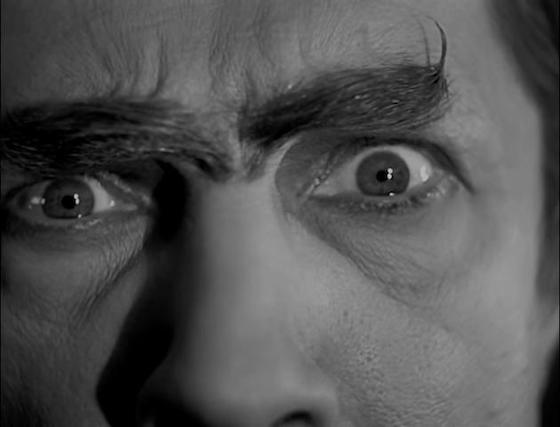
It’s been heralded as a minor classic. It’s also the first movie to showcase zombies – whether the walking dead or just poisoned. Let’s be honest, though. It’s far beyond the appropriate time to recognize Victor Halperin’s White Zombie as a masterpiece of horror. In many ways, it is a more poetic horror film than 1931’s Dracula. Long on shadows and heavy on mood, White Zombie suffers nary a single hiccup in in its wondrous and haunted imagery. Written by Garnett Weston, White Zombie is the tale of how Madeline Short (Madge Bellamy) became zombiefied and the man, Neil Parker (John Harron), who rescued her from the fantastically devilish grip of Murder Legendre (Bela Lugosi). The young and newly engaged couple travel to Haiti where their friend and host, Charles Beaumont (Robert W. Frazer), fancies Madeline’s sweet lips for himself. And Lugosi is seriously on fire in this devilishly cool role.
1. Dracula (1931)

Lugosi stars as the immortal bloodsucker from Transylvania who rests his tired batwings in England searching for fresh new blood from his female victims. Co-starring Dwight Frye as a very memorable Renfield and the elegant Edward Van Sloan as vampire hunter Van Helsing, Dracula, directed by Todd Browning, is a moody example of great gothic atmosphere as it spaces out its dialogue with long moments of silence and ambiance. While special effects are limited to fog, lighting, and large flexible bats, Lugosi’s performance as the charming but eccentric Count Dracula is the ONLY effect it needs. He flat out steals the production away from its director with classic line delivery. A horror icon is born.
This Halloween consider watching these titles and you might find yourself with a new appreciation for the Hungarian acting talents of our beloved Béla.
{googleads}



